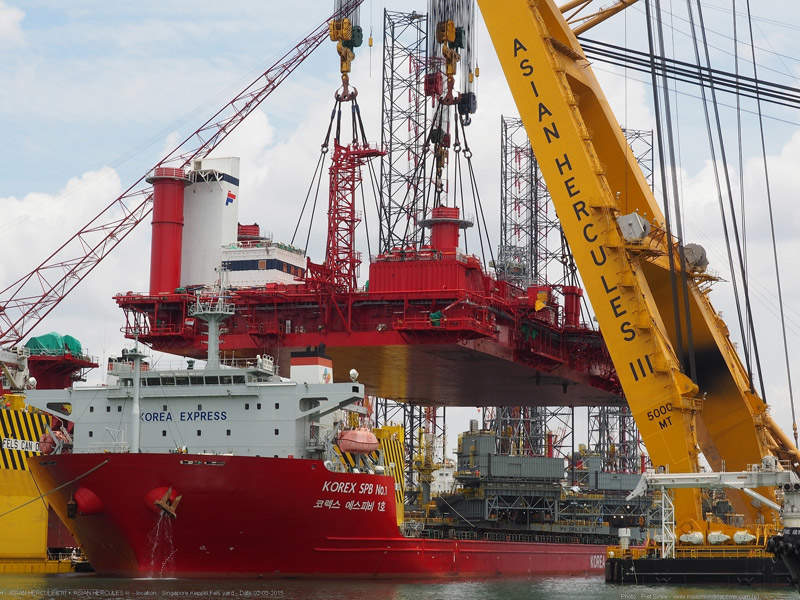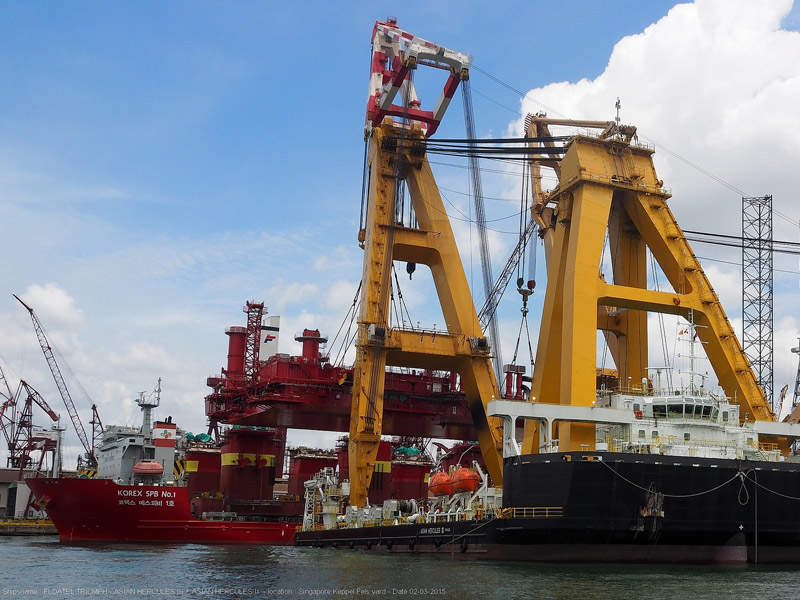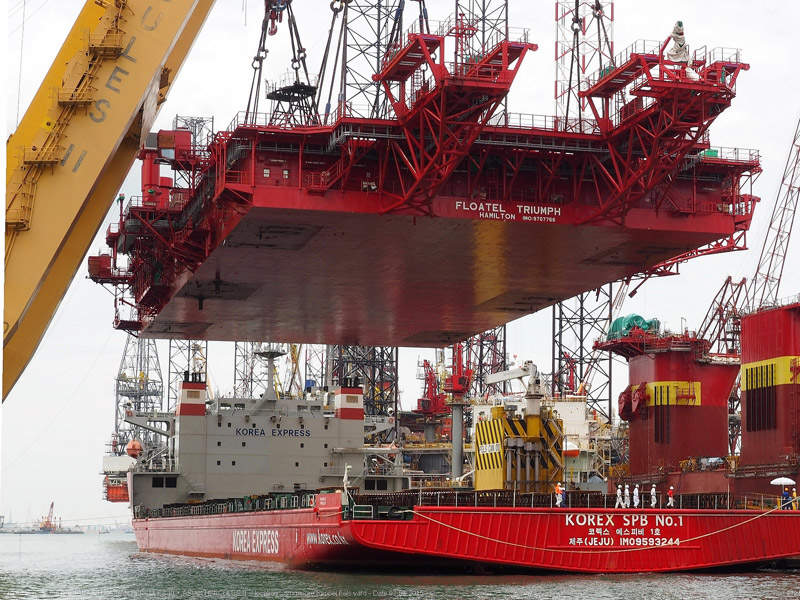Floatel Triumph is a semi-submersible accommodation and construction support vessel built by Keppel FELS shipyard in Singapore for Floatel International. It is the fifth support vessel built by the shipyard for the same client.
Floatel Triumph is a sister ship of Floatel Victory. Other vessels in the series include Floatel Superior, Floatel Reliance and Floatel Endurance.
The vessel’s construction began after a $280m contract was awarded to Keppel FELS Shipyard in August 2013. The vessel was christened as Floatel Triumph in March 2016 and delivered in September 2016.
The vessel was deployed at the Inpex-operated Ichthys LNG project, located in the north-west coast of Western Australia.
Floatel Triumph design and technical specifications
The support vessel was designed in accordance with Keppel’s proprietary SSAU 5000NG design. The design has been customised for ease of operations in harsh environments in the UK sector of the North Sea, Gulf of Mexico, Brazil, West Africa and Western Australia.
The vessel has an overall length of 119.6m and a breadth of 78m. The main deck height above baseline is 25.3m. The pontoon length of the vessel is 98.1m and the breadth outside pontoon is 53.4m.
Draft excluding thrusters measure 7.5m, 16.8m and 11.6m during transit, operation and survival modes respectively, whereas the draft including thrusters are 12.5m, 21.8m and 16.6m respectively.
During transit, the vessel’s displacement is 18,800Mt, 26,800Mt while operational, and 22,700Mt in survival mode. The air daft during operation and survival mode is 7m and 12.2m respectively.
The vessel is classified by the American Bureau of shipping as A1 column-stabilised unit.
Deck equipment and systems
The deck of Floatel Triumph is fitted with two electro-hydraulic deck cranes at port and starboard sides. The portside crane has a 45.8m boom capable of lifting 120Mt weight, while the starboard side crane has a 50.4m boom capable of lifting 64Mt weight.
The ten-point mooring system on board the vessel contains a 76mm mooring chain with a breaking strength of 610Mt.
Floatel Triumph also features a K-Pos DP-21/22 class-three dynamic positioning system supplied by Kongsberg. The system includes a dual DP controller unit and operator stations.
The vessel features a helicopter deck with 28.8m diameter, which supports the operations of a single helicopter weighing up to 14.6Mt.
The vessel is equipped with Wärtsilä Aquarius UV ballast water management systems, which utilise a two-stage approach employing ultraviolet (UV) disinfection technology. It also includes a deck-integrated firefighting system.
Cargo capacities of Floatel Triumph
Up to 950m³ of potable water and 1,800m³ of fuel oil can be stored on board the vessel. It has a freshwater generation capacity of 250t a day.
The main deck offers a storage area of 1,300m², its load capacity during transit daft is 500Mt whereas the capacity during operational and survival daft is 1,600Mt.
Accommodation onboard Floatel Triumph
Air-conditioned living quarters are available on the vessel, including 100 single-bed cabins and 200 double-bed cabins for 500 persons. All cabins on board are facilitated with an en-suite bathroom, and telephone, internet and television connections.
The vessel includes facilities such as galley and mess rooms, which can be accessed by 250 guests in one seating. Facilities for a cinema, an internet cafe, coffee shop, games room, gymnasium and recreation rooms are also available.
Fully-equipped client offices suitable for 35 persons are built in the open plan area on the main deck of the vessel. Dirty offices along with workshops, warehouses and a conference room are built on the main deck.
The vessel also features a fully equipped hospital on the upper deck for easy access to the heli-deck. The hospital includes a medical office, an examination clinic with treatment facilities and a five-bed ward.
Floatel Triumph propulsion
The support vessel is powered by six freshwater-cooled Wärtsilä 26 diesel engines, each providing a maximum power of 3,900kW. The propulsion system includes six 3,200kW azimuth thrusters.
An emergency diesel engine generator capable of producing 1,090kW of shipboard power is also installed.






